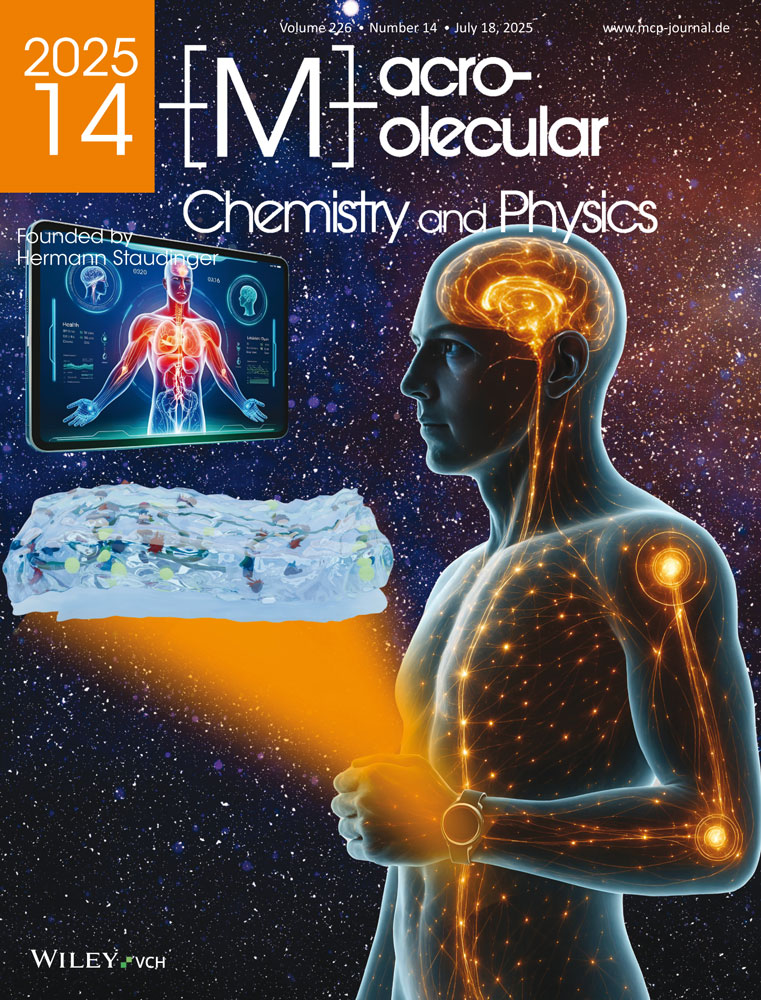Initiator efficiencies in 2,2′-azoisobutyronitrile-initiated free-radical polymerizations of styrene
Abstract
Results are presented from a comprehensive study of the variation with conversion, temperature and pressure of the initiator efficiency of 2,2′-azoisobutyronitrile in styrene bulk polymerizations. These efficiencies were measured using a new method involving the use of infra-red spectroscopy to monitor directly the concentrations of various nitrile-group containing species. Our results are shown to be satisfactorily fitted by a simple model based on the idea that initiation follows as a result of primary radical fragments diffusing away from each other. Closer microscopic inspection of the variations with temperature and pressure of the entire range of our initiator efficiencies implies the possibility that capture by monomer may also contribute as a mechanism of out-of-cage escape of primary radicals. Taking a wider view, the experimental method of this paper is shown to be of use for simultaneous determination of other important kinetic parameters: it yields rate coefficients of initiator decomposition, and also, when initiator decomposition is stimulated by pulse-laser irradiation, the method is capable of delivering individual values of the rate coefficients for termination and propagation.




